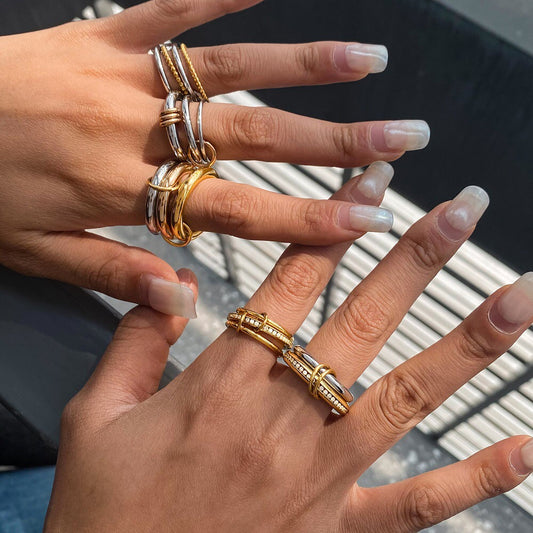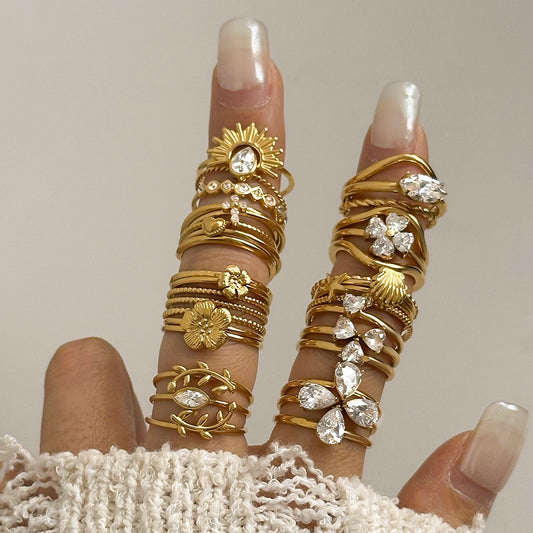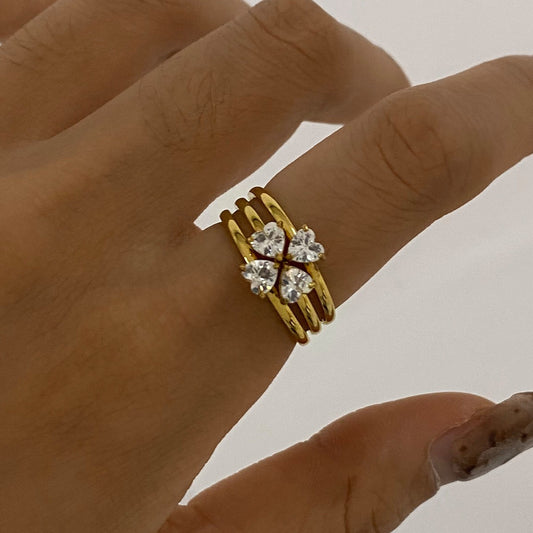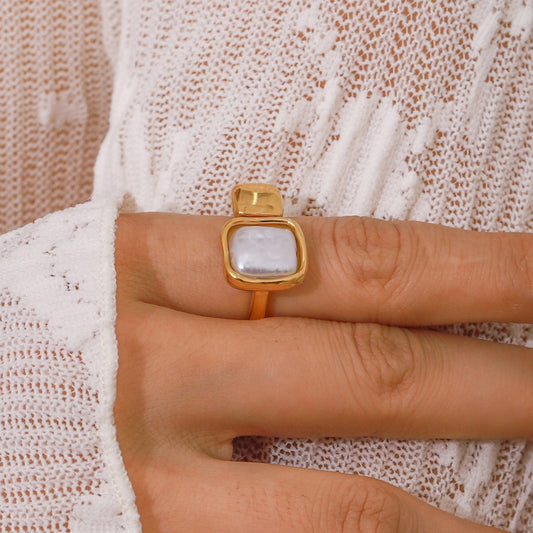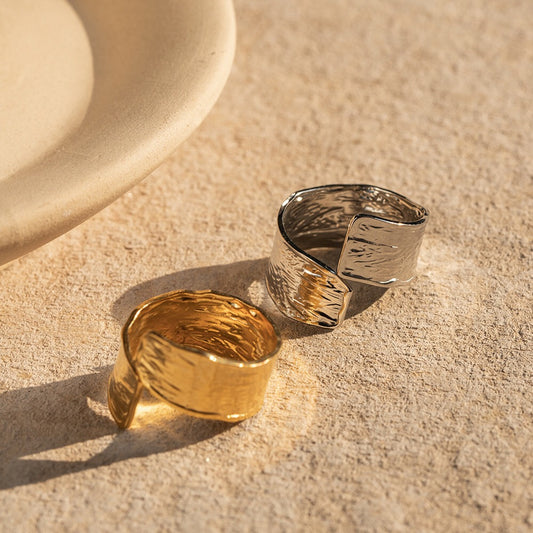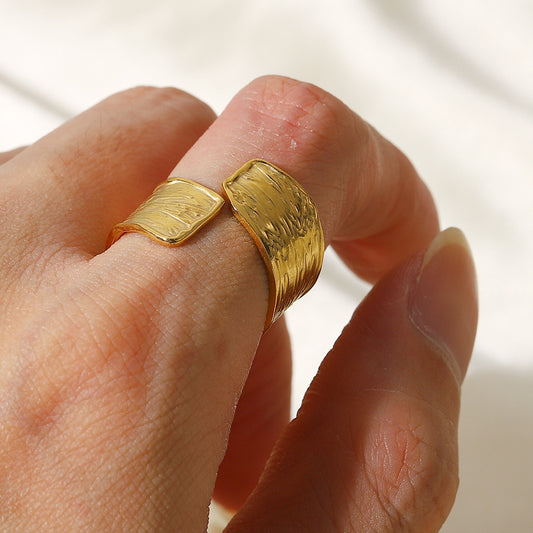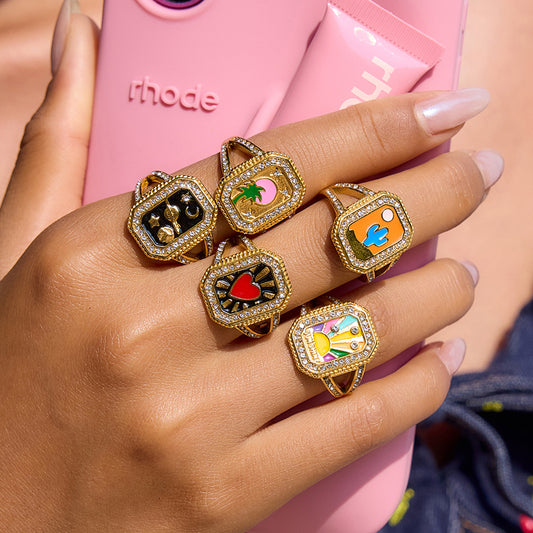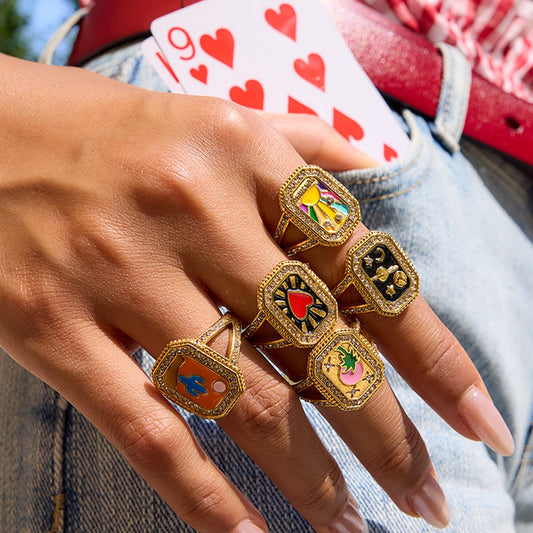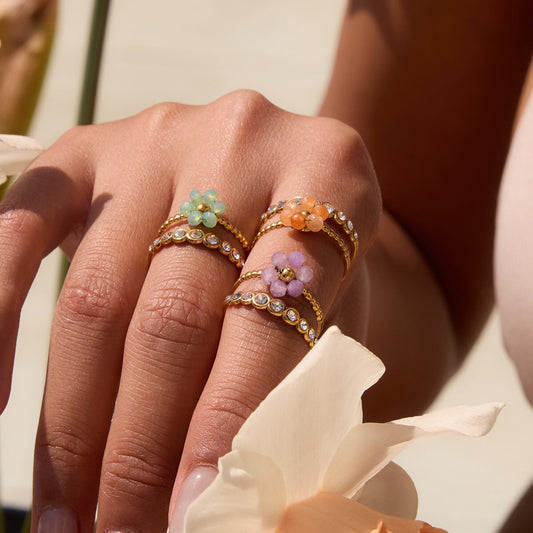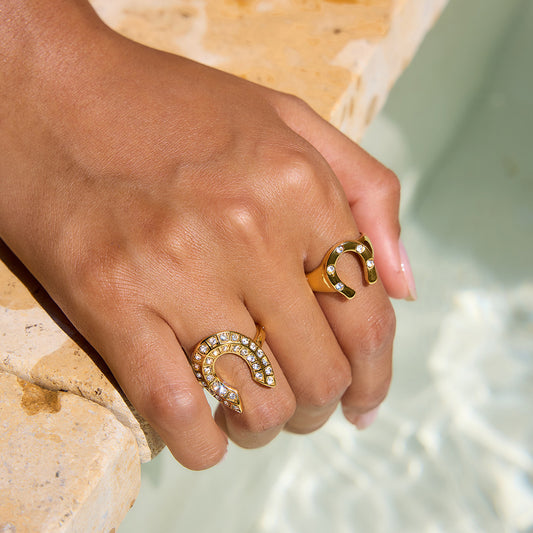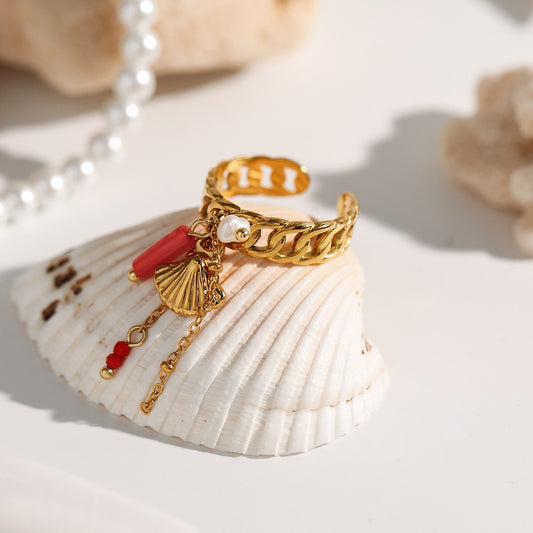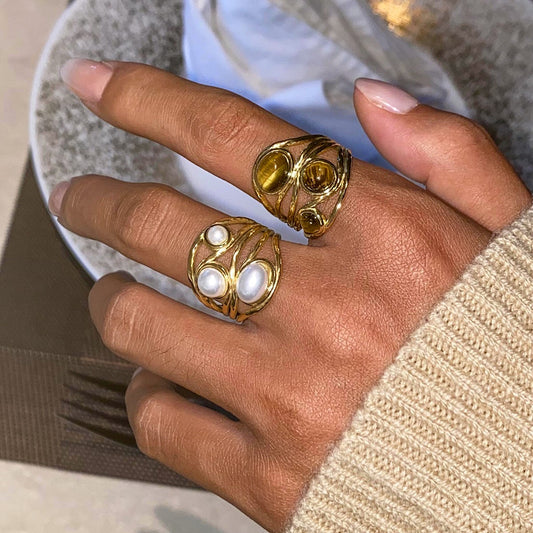How to Find My Ring Size? Whether you’re shopping for a love ring for your girlfriend, a self-treat, or a matching band for your partner, getting the right ring size is non-negotiable. An ill-fitting ring—too tight, it pinches; too loose, it risks slipping off—can ruin the joy of wearing or gifting this meaningful accessory. The good news? You don’t need a trip to the jeweler to find your size (though that’s an option!). The global wedding ring market size is projected to grow from USD 89.78 billion in 2025 to USD 140.20 billion by 2033, exhibiting a CAGR of 5.73%. According to a 2024 Jewelry Shopping Survey, 72% of people who measure their ring size at home get an accurate fit on the first try—as long as they use the right methods. This guide breaks down 5 easy ways to find your ring size, from household hacks to professional tools, so you can shop with confidence.
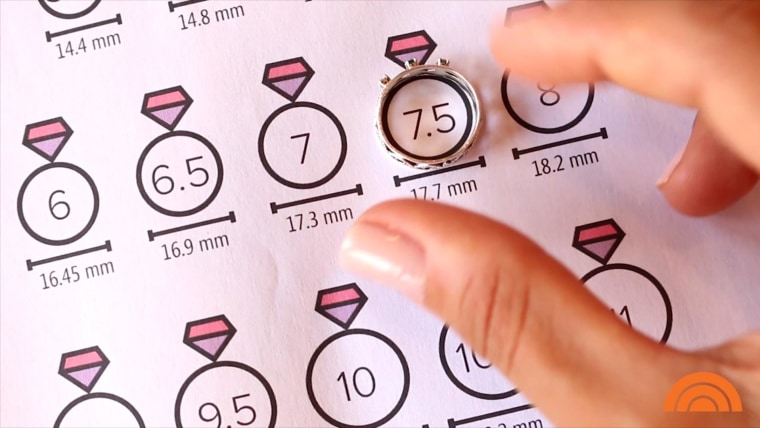
Why Getting the Right Ring Size Matters
Before diving into methods, let’s cover why size accuracy is key—especially for sentimental pieces like love rings or engagement bands.
Comfort & Wearability
A ring that fits perfectly sits snugly on your finger without leaving indentations or spinning freely. Tight rings can cut off circulation (especially in warm weather, when fingers swell), while loose ones may fall off during daily tasks like washing dishes or typing. A 2023 Consumer Comfort Poll found that 89% of people stop wearing ill-fitting rings regularly—wasting money on a piece you can’t enjoy.
Sentimental Value
If you’re gifting a ring (like a love ring for your girlfriend), a wrong size can turn a thoughtful moment into a stressful one. Resizing is possible for most rings, but it adds extra time and cost—and some styles (like fully paved diamond rings or thin bands) can’t be resized at all. Getting the size right the first time preserves the magic of the gift.
Avoiding Damage
A ring that’s too loose is at risk of getting lost or scratched. Loose bands often slide against other jewelry or hard surfaces, while tight ones can bend or crack if forced over knuckles. The right size protects your ring (and your wallet) from unnecessary wear or replacement.
5 Easy Methods to Find Your Ring Size at Home
You don’t need fancy tools to measure your ring size—chances are, you have everything you need in your kitchen or office. Here are the most reliable at-home methods, ranked by accuracy.
Method 1: Use an Existing Ring (Most Accurate for Home Testing)
If you already own a ring that fits the finger you want to buy for (e.g., your ring finger or middle finger), this is the fastest, most accurate way to find your size.
-
Grab the well-fitting ring and a piece of paper (or cardboard) that’s thin but sturdy.
-
Trace the inside of the ring onto the paper with a pencil—make sure the line is smooth and follows the exact inner circle (not the outer edge).
-
Measure the diameter of the traced circle with a ruler (in millimeters, mm—this is key for accuracy). Use the ruler to find the distance from one side of the circle to the other, passing through the center.
-
Match the diameter to a ring size chart:
-
US Size 5: ~15.7 mm diameter
-
US Size 6: ~16.5 mm diameter
-
US Size 7: ~17.3 mm diameter
-
US Size 8: ~18.1 mm diameter
-
US Size 9: ~18.9 mm diameter
Pro tip: If the diameter falls between two sizes (e.g., 16.9 mm), round up to the larger size—fingers swell slightly throughout the day, and a slightly looser fit is better than a tight one.
Method 2: Paper Strip or String Test (No Existing Ring? Try This)
If you don’t have a ring to trace, a paper strip or string works perfectly. Just avoid elastic materials (they stretch, leading to wrong sizes!).
-
Cut a thin strip of paper (1 cm wide, 10 cm long) or use a piece of non-stretchy string (like cotton or linen).
-
Wrap it around the base of your finger—the spot where you’ll wear the ring (usually near the knuckle, but not too tight against it).
-
Mark the overlap with a pen or marker—this is where the paper/string meets itself.
-
Measure the length of the paper/string from the start to the mark (in mm). This is the circumference of your finger.
-
Convert circumference to size using a chart:
-
US Size 5: ~49.3 mm circumference
-
US Size 6: ~51.8 mm circumference
-
US Size 7: ~54.3 mm circumference
-
US Size 8: ~56.8 mm circumference
-
US Size 9: ~59.3 mm circumference
Pro tip: Measure 2–3 times to confirm—paper can shift, so averaging the lengths ensures accuracy.

Method 3: Printable Ring Size Guide (Free & Convenient)
Many jewelry brands (like James Allen, Brilliant Earth, or Tiffany) offer free printable ring size guides—these are pre-sized templates that let you “try on” sizes at home.
-
Find a reputable printable guide online (search for “free printable ring size chart” and choose a trusted jewelry brand).
-
Print the guide at 100% scale—do not select “fit to page” (this shrinks the template, making sizes inaccurate). To check if it’s printed correctly, use a ruler to verify the “test line” (most guides have one) is exactly 3 cm long.
-
Cut out the size circles or the measuring strip (depending on the guide).
-
Test the circles: Slide a well-fitting existing ring over the circles—stop at the smallest circle that the ring fits over (this is your size).
OR
Use the measuring strip: Wrap it around your finger, aligning the arrow with the size markers—where it overlaps is your size.
Method 4: Use a Ring Sizer Tool (Affordable & Reusable)
If you plan to buy multiple rings (or want long-term accuracy), a ring sizer tool is worth the \(5–\)10 investment. These are flexible metal or plastic bands with marked sizes (US, EU, or UK) that you slide onto your finger.
-
Buy a ring sizer online (Etsy, Amazon) or at a craft store—look for one that includes US sizes (the most common in North America).
-
Slide the sizer onto your finger—start with the largest size and work down until you find one that fits snugly but can still slide over your knuckle.
-
Check the size marker on the sizer—this is your exact size.
Pro tip: Keep the sizer handy for future purchases—you can even use it to secretly measure a partner’s finger (e.g., while they’re sleeping) if you’re gifting a ring.

Method 5: Compare to a Coin (Quick, Rough Estimate)
If you need a last-minute estimate (e.g., you’re shopping online and don’t have tools), use a US coin—their diameters are close to common ring sizes. This is a rough guide (not 100% accurate), but it works in a pinch:
-
US Dime (17.9 mm diameter): ~US Size 7.5
-
US Nickel (21.2 mm diameter): ~US Size 10
-
US Quarter (24.3 mm diameter): ~US Size 13
Note: This method is best for men’s rings or larger sizes—smaller coins (like pennies) are less reliable for women’s sizes.
Pro Tips for Accurate Ring Sizing
Even the best methods can go wrong if you ignore these key factors. Follow these tips to ensure your size is spot-on:
Measure at the Right Time of Day
Fingers swell and shrink throughout the day due to temperature, hydration, and activity. The best time to measure is in the evening (after 6 PM)—fingers are slightly swollen then, which mimics how they’ll look when wearing a ring regularly. Avoid measuring first thing in the morning (fingers are smaller) or after exercising (swollen from sweat).
Consider the Finger & Hand
-
Which finger? Ring size varies by finger—your ring finger is usually 1–2 sizes smaller than your middle finger. If you’re buying a ring for a specific finger, measure that one (not a different one!).
-
Dominant hand: Your dominant hand (e.g., right hand if you’re right-handed) has slightly larger fingers—measure the hand you’ll wear the ring on.
-
Knuckle size: If you have large knuckles, choose a size that slides over the knuckle comfortably but still fits snugly at the base. You can test this by sliding the sizer/paper over your knuckle—if it’s too tight, go up a half-size.

Account for Ring Style
Thick bands (6 mm or wider, like a Cartier Love Ring) fit tighter than thin bands (2–3 mm). If you’re buying a thick ring, size up by a half-size—this prevents it from feeling constricting. For example, if your thin band size is US 7, a thick band should be US 7.5.
When to Get Professional Ring Sizing
While home methods work for most people, there are times when professional sizing is better. Head to a jeweler if:
-
You’re buying a high-value ring (like a diamond love ring or engagement band) and want 100% accuracy.
-
Your finger size is between two sizes (a jeweler can measure to the nearest quarter-size).
-
You have unusual finger shape (e.g., very large knuckles, swollen joints) that makes home measuring tricky.
Most jewelers offer free sizing—just visit a local boutique (or a department store jewelry counter) and ask. They’ll use a metal mandrel (a cone-shaped tool with marked sizes) to get your exact fit in seconds.
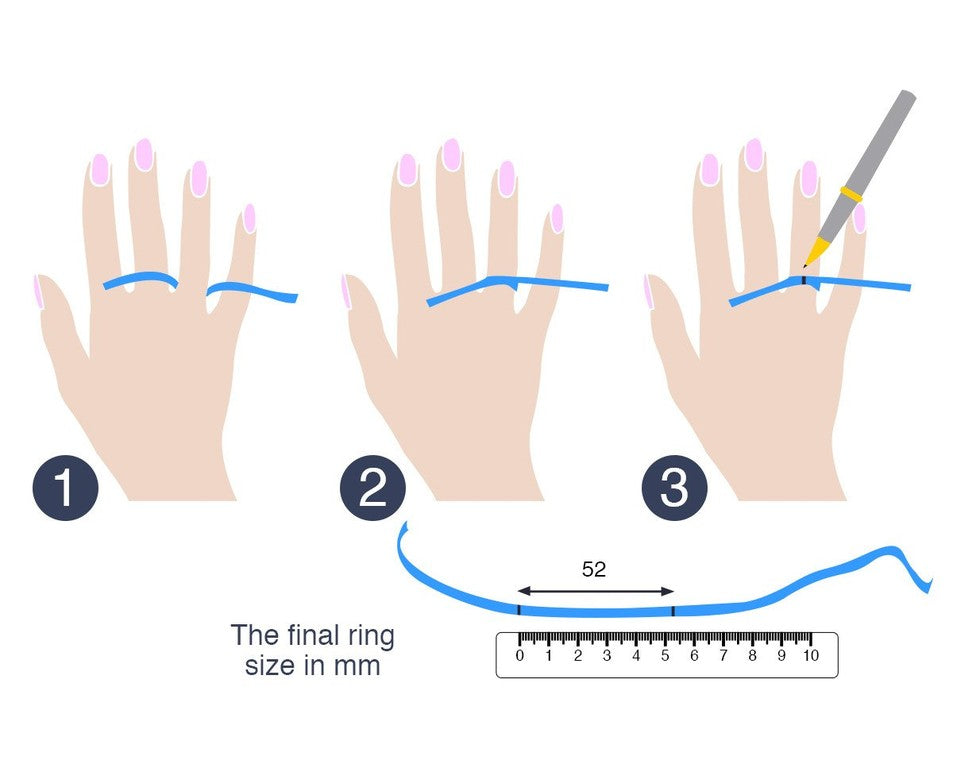
Conclusion: Find Your Size, Shop Confidently
Finding your ring size doesn’t have to be complicated. With at-home methods like tracing an existing ring or using a paper strip, you can get an accurate fit in minutes—no special tools required. Remember to measure in the evening, account for your finger and ring style, and opt for professional sizing if you’re unsure.
Now that you know how to find your size, it’s time to shop for that perfect ring—whether it’s a dainty love ring for everyday wear, a matching band for your partner, or a special gift. Don’t let size anxiety hold you back—with this guide, you’ll choose a ring that fits like it was made just for you (or your loved one).
Ready to start? Grab a paper strip, ruler, or printable guide, and measure your size today. Your perfect-fitting ring is just a few steps away!






